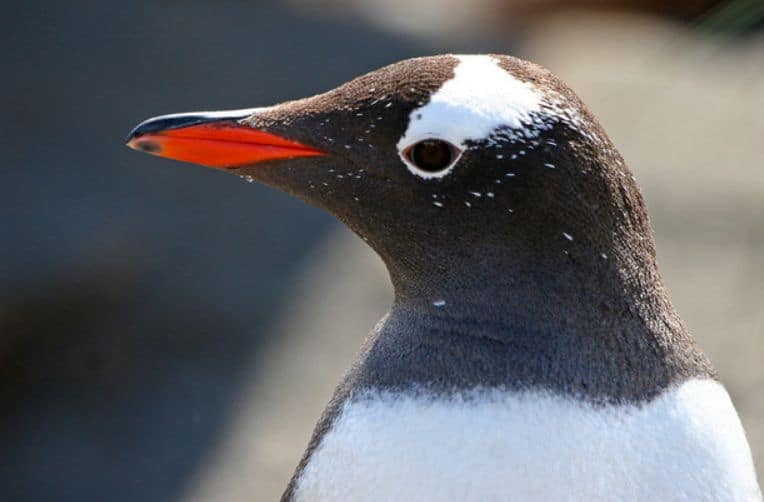Subantarctic penguins (Pygoscelis Papua or better known as Gentoo penguins) are not one species, but four. This conclusion was reached by a team of ornithologists, comparing the genetic and morphological characteristics of several populations from different islands of the Subantarctic and from Antarctica. At the same time, two new species are safe, and two more are decreasing in numbers due to climatic changes and other environmental problems. However, it is not yet clear whether this point of view will become generally accepted. The research results were published in an article for the journal Ecology and Evolution.
Pygoscelis papua nest on the Subantarctic islands and the Antarctic Peninsula. Unlike some related species, they appear to be benefiting from anthropogenic climate change for the time being: according to a recent estimate, their numbers have increased sixfold over the past forty years. Researchers believe that the success of this species is largely due to the wide range of foods it consumes.
However, some sub-Antarctic penguin groups are gradually becoming rarer. It may seem that against the background of the general population growth, this tendency does not deserve attention, but experts have a different opinion. The fact is that representatives of a species from different regions differ markedly from each other in terms of morphology and genetics. Some bird watchers even believe that subantarctic penguins are not a single species, but several close ones. If this idea is correct, then some of these cryptic species may thrive, and some may be endangered and require protection.
A team of experts led by Joshua Tyler from the University of Bath, UK decided to understand the taxonomy of subantarctic penguins. To do this, scientists analyzed DNA data from 69 individuals, which represent populations from the Kerguelen Islands, the Falkland Islands, South Georgia, the South Shetland Islands and from West Antarctica. These birds belong to two subspecies recognized today: northern P. papua and southern P. ellsworthi. In addition, the authors measured 39 subantarctic penguin carcasses from museums in the UK and the USA.
The study showed that all sub-antarctic penguins can be divided into four isolated genetic lines. The first included birds from the Kerguelen Islands, the second from the Falkland Islands, the third from South Georgia, and the fourth from the South Shetland Islands and West Antarctica. In terms of morphology, the four groups also differ. For example, the representatives of the second group turned out to be the largest, and the fourth – the smallest. Birds from Kerguelen and South Georgia occupy an intermediate position in terms of size and differ from each other in the details of the structure of the limbs. In addition, subantarctic penguins from different lineages choose different nesting sites and eat more (in the north) or less (in the south) a variety of foods.
According to the authors, the four lines of subantarctic penguins differ from each other so much that they should be given the status of separate species. They suggest the following names for them: P. ellsworthi (for populations from Antarctica and the South Shetland Islands; this also includes unassisted populations from the South Orkney Islands); P. taeniata (for populations from the Kerguelen Islands and possibly Crozet, Macquarie and Marion Islands); P. poncetii (for the South Georgia population); and P. papua (for the Falkland population).
The researchers believe the four new species respond differently to climate change and human activities. If the numbers of P. papua and P. ellsworthi are stable or growing, the population of P. taeniata, on the contrary, declines by about two per cent per year. The exact fate of P. poncetii is unknown: it is likely that this species is also declining in numbers. According to the authors, the conservation status of the last two forms needs to be revised as soon as possible.
It is difficult to say yet whether the division of subantarctic penguins into four species will become generally accepted. For example, several years ago, it was proposed in a similar way to divide giraffes into four species, which would make it possible to protect them more effectively. However, this idea does not seem to have found widespread support: one species of giraffe still appears in most sources.
According to a recent study, the common ancestor of all modern penguins lived in the cool waters of Australia or New Zealand around 21.9 million years ago. From their homeland, penguins gradually settled in the Southern Hemisphere, facilitated by the discovery of the Drake Passage and the strengthening of the Antarctic Circumpolar Current.
